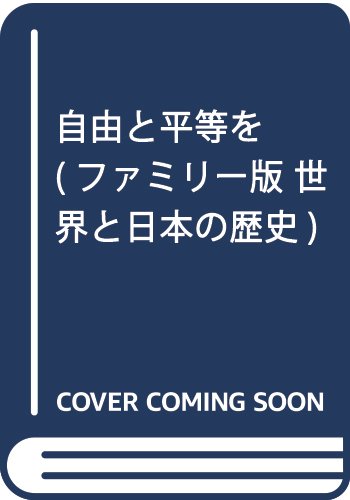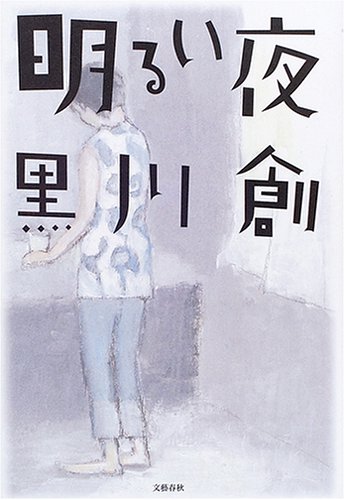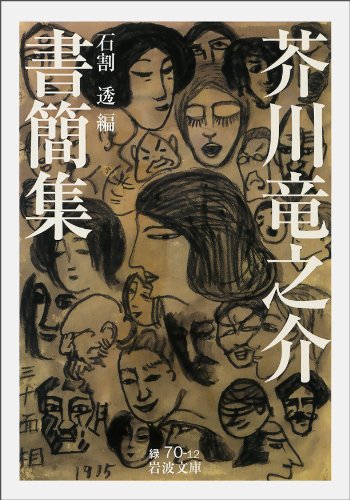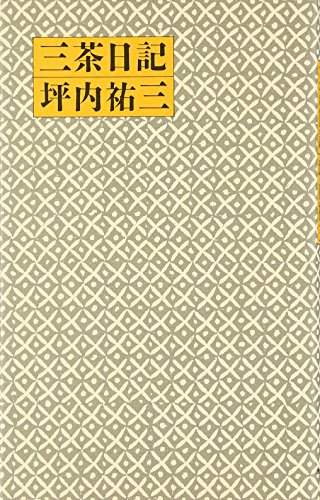1 0 0 0 OA ガルシン「信号」を読む英語の授業 -どう準備され、設計され、行われ、総括されたか-
- 著者
- 山田 昇司
- 雑誌
- 朝日大学一般教育紀要 = Journal of Liberal Arts and Science Asahi University (ISSN:13413589)
- 巻号頁・発行日
- no.41, pp.19-43, 2017-03-31
This article is, in a way, a record of my English teaching in which I used the story of Garshin’s The Signal . It means that I wrote here in detail how the lesson was prepared, designed, conducted and reviewed. And at the same time I also analyzed in the light of pedagogical aspect the following points : the requirements of good material for English teaching, the relation between worksheet form and the designing of 90 minutes, the important role of translation for training thinking power, etc. The description starts from how I met this story. I was then reading a couple of Russian writers that are said to have influenced DAZAI Osamu, a Japanese writer, and encountered this story. I was deeply moved by the story that I strongly wanted to use it in my English class. What I had to do first was to find out the English text. I successfully met three English versions and chose one for my teaching material, though some lines were replaced by the other one for some reasons. For this reading material I devised a new type of worksheet so that my students could learn by themselves, both in translation and pronunciation. And next I designed the 90 minutes lesson like this : the first 30 minutes for translation, the second 40 minutes for reading aloud and the last 20 minutes for copying English and Japanese in phrase unit. After the translation was over, I gave the students a reading report, a kind of an assignment in which they write their own thoughts and feelings. I picked out a few good essays and made worksheets for writing. This worksheet had two roles : one is to learn how to change word (very often phrase) order from Japanese to English, and the other is to think again the true meaning of the story. I found among the students’eaasys a very impressive one that made me change my earlier views on the theme of the story. Lastly I want to say that this lesson has contibuted to fostering global citizens in any way because Russian writers are seldom seen in English textbooks. I believe that the students have realized that people are moved in the same way even if their nationalities differ.
1 0 0 0 OA 小野道風 五代目坂東彦三郎薪水
1 0 0 0 抗ウイルス活性化合物の合成研究
1 0 0 0 アミノニトリル経由によるα-アミノ酸の不斉合成に関する研究
- 著者
- 大川原 正 堅原 宏 古川 潮
- 出版者
- The Pharmaceutical Society of Japan
- 雑誌
- Chemical and Pharmaceutical Bulletin (ISSN:00092363)
- 巻号頁・発行日
- vol.33, no.8, pp.3479-3483, 1985-08-25 (Released:2008-03-31)
- 参考文献数
- 9
- 被引用文献数
- 7 9
The reaction of thioamides (1) with various haloacyl halides (2, 7, 11, 14, 17, and 19) was carried out in sat. NaHCO3-CH2Cl2 and 5% NaOH-CH2Cl2 to give several kinds of 4-thiazolones (3-5, 10, 12 and 15), thiazin-4-one (18) and spiro compounds (21).
1 0 0 0 IR 陰陽道を媒介とした神佛習合 : 吉田神道を中心として
1 0 0 0 陰陽道を媒介とした神佛習合 : 吉田神道を中心として
- 著者
- 高尾義政著
- 出版者
- 東洋史観算命学総本校高尾学館
- 巻号頁・発行日
- 1993
1 0 0 0 算命学心技篇
- 著者
- 高尾義政鹿島正一郎小川三郎著
- 出版者
- 東洋史観学校高尾学館
- 巻号頁・発行日
- 1988
1 0 0 0 算命学
- 著者
- 高尾義政小川三郎著
- 出版者
- 算命学総本校高尾学館算命出版
- 巻号頁・発行日
- 1986
1 0 0 0 自由と平等を
- 著者
- 浜林正夫 長沼宗昭著
- 出版者
- 大月書店
- 巻号頁・発行日
- 1988
- 著者
- 黒沢 忠輝 鳴海 寛 中村 嘉孝 佐藤 久美子 金子 仲一郎 下舘 秀子
- 出版者
- 八戸工業高等専門学校
- 雑誌
- 八戸工業高等専門学校紀要 (ISSN:03854124)
- 巻号頁・発行日
- vol.42, pp.1-5, 2007-12
In this paper we deal with YG Personality Inventory (YGPI) in case of Heisei 18 third grader in Hachinohe National College of Technology. YGPI consists of 120 questions which are quite useful and also quite valuable to many companies, department to obtain information for their personnel. At school the YGPI helps teachers counsel students for their direction in seeking a profession. As a result, it turned out that distribution of a candidate is average.
1 0 0 0 OA 日本人と洗濯機 (私のスケッチ・ブック (3))
- 著者
- 森 明子 Akiko Mori
- 出版者
- 洗濯科学協会
- 雑誌
- 洗濯の科学 : 生活環境の文化誌 (ISSN:02880164)
- 巻号頁・発行日
- vol.44, no.4, pp.22-25, 1999-11-20
1 0 0 0 OA 森田慶一の「エウパリノス」との邂逅
- 著者
- 田路 貴浩
- 出版者
- 日本建築学会
- 雑誌
- 日本建築学会計画系論文集 (ISSN:13404210)
- 巻号頁・発行日
- vol.77, no.680, pp.2471-2479, 2012-10-30 (Released:2013-04-25)
It is in 1932 that Morita mentioned Valéry's ‘Eupalinos’ for the first time. How did he encountered Valéry. I guessed that there were some chances of the encounter in Le Corbusier's text, lectures at the Institute of France-Japan, and lectures and texts of philosophers in Kyoto University. Then published books, preserved documents were examined. Consequently it was revealed that Morita learned the outline of Valéry's works through the lecture in the Institute of France-Japan, and was leaded to ‘Eupalinos’ by Kuki Syuzo. Morita's understanding of Valéry's thoughts however was based on Platonism learned through Fukada Yasukazu.



